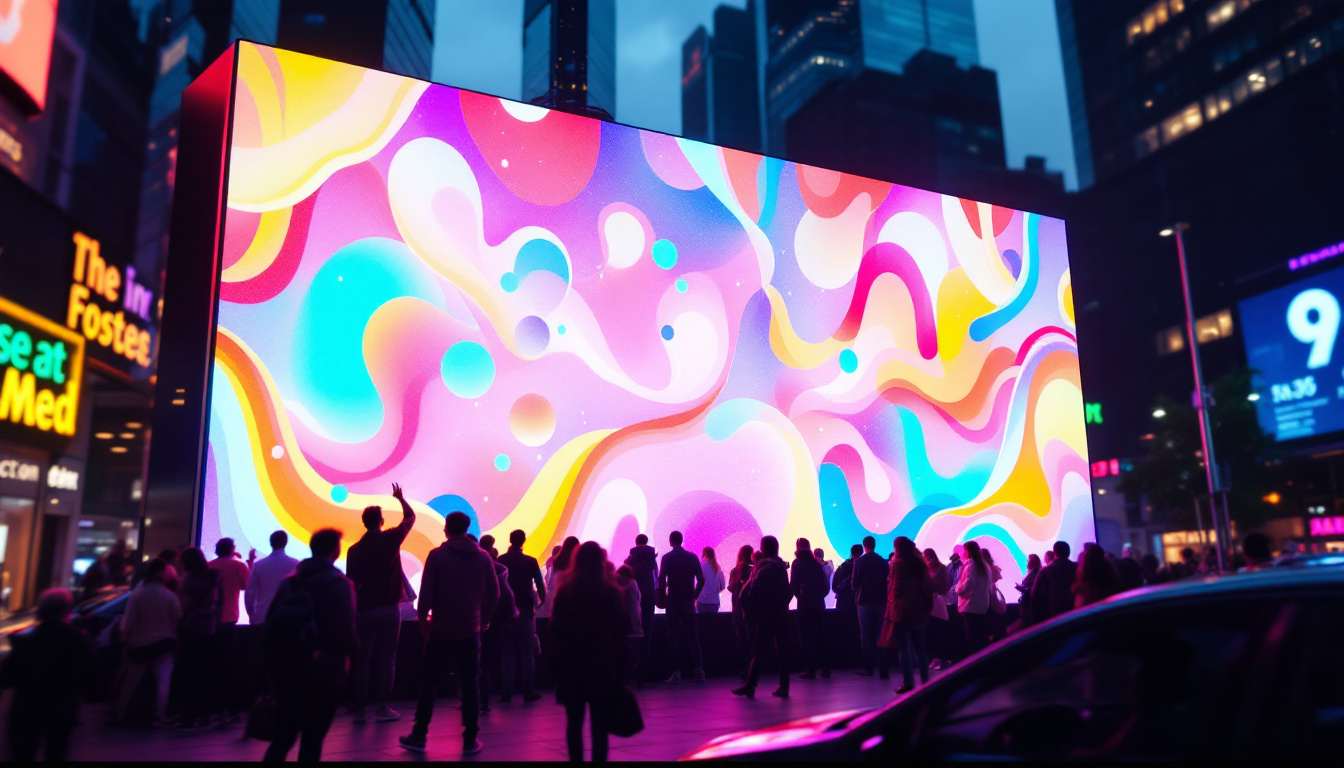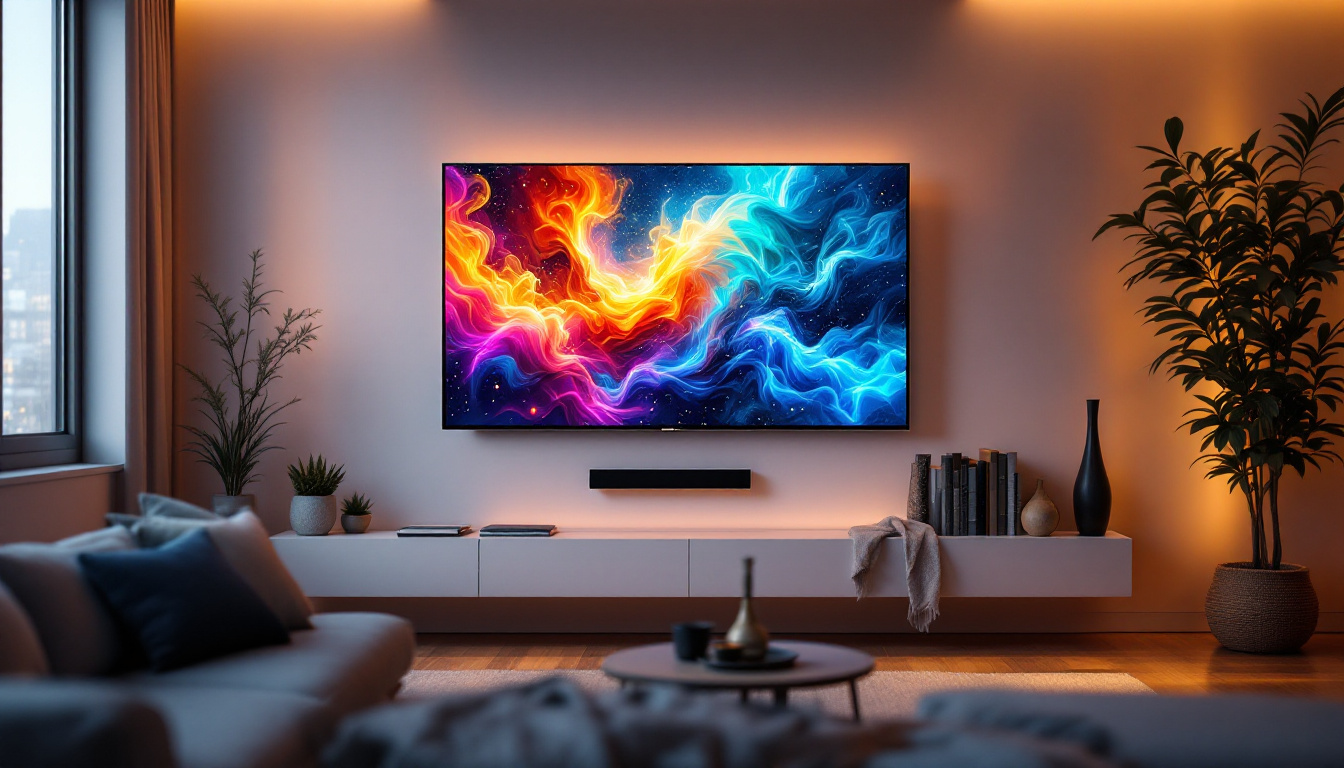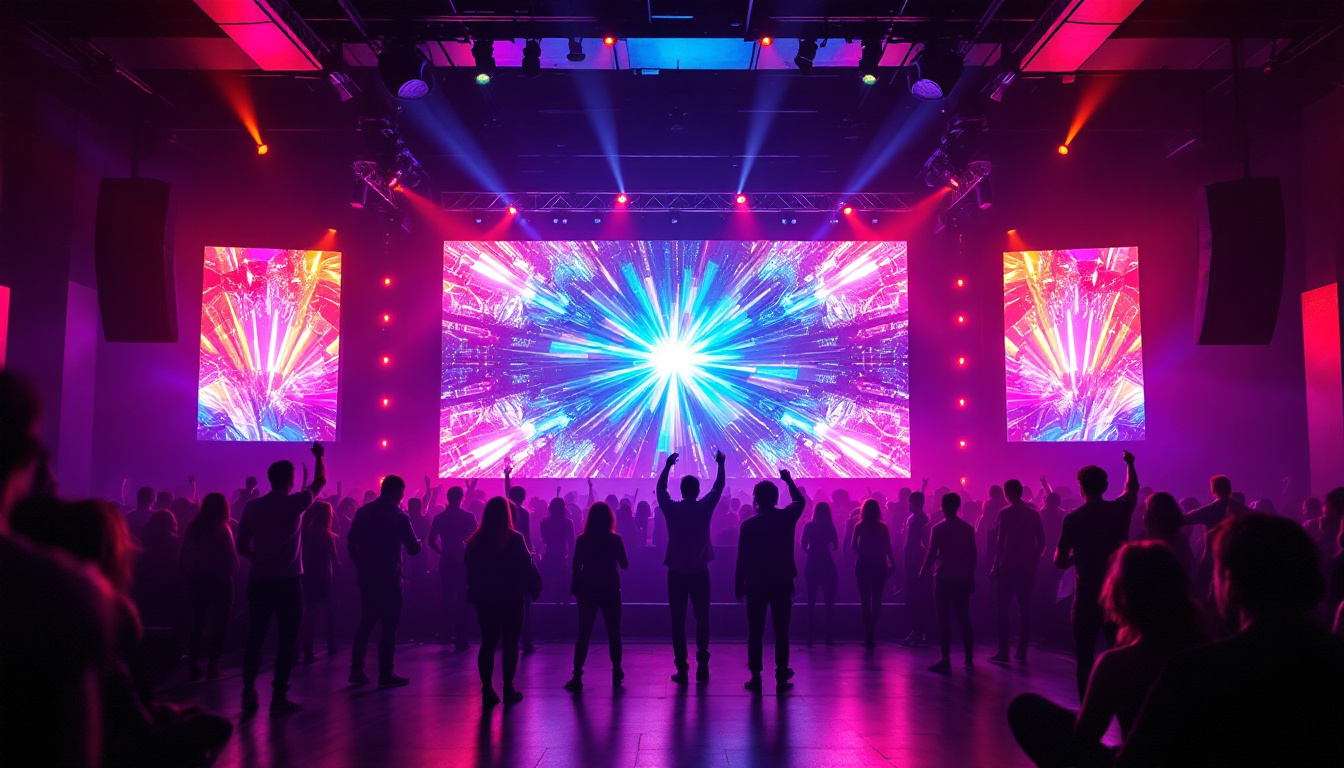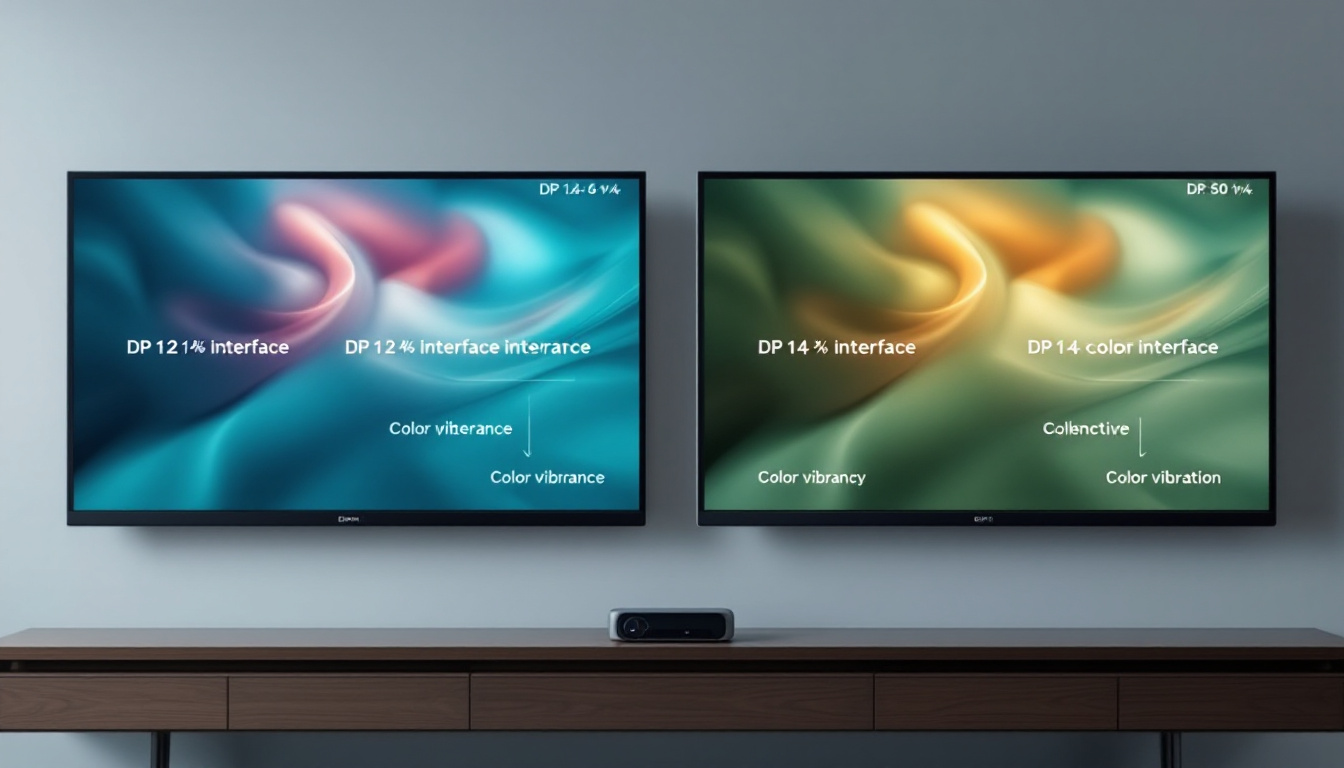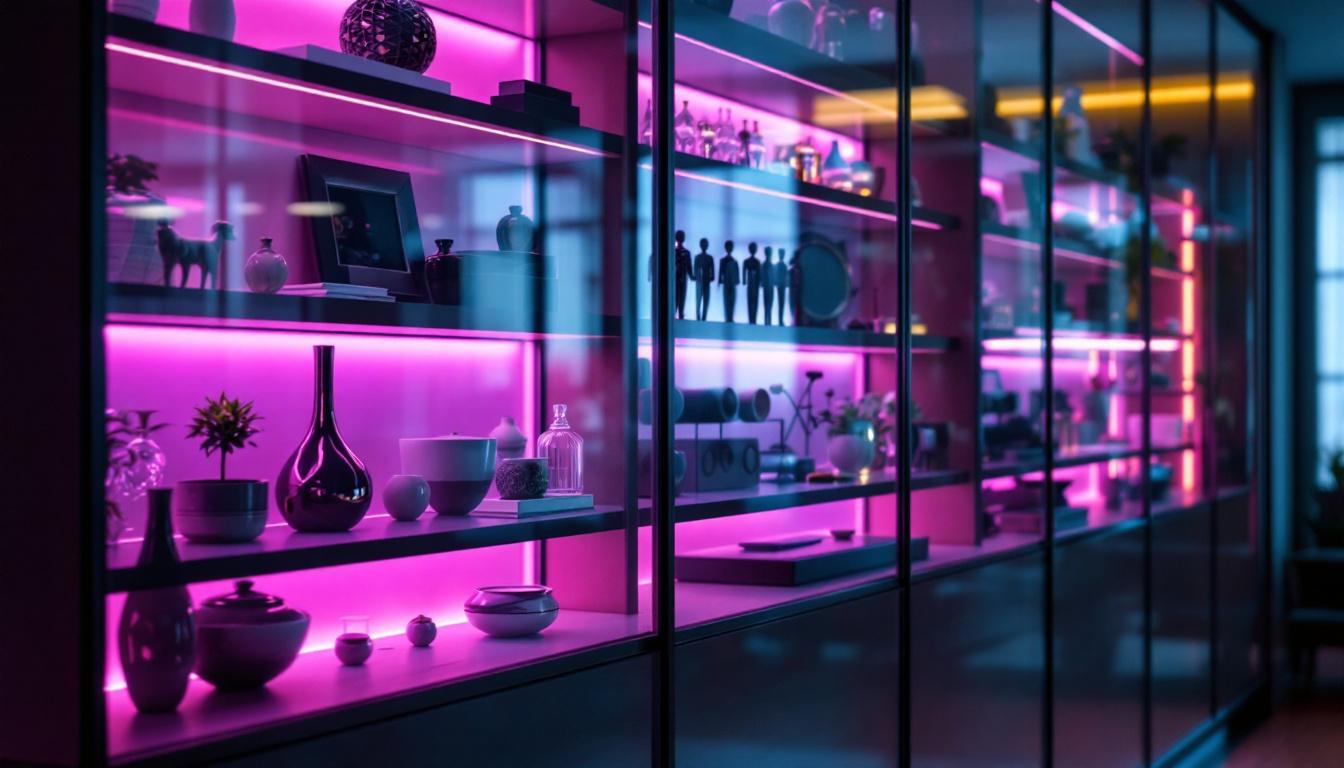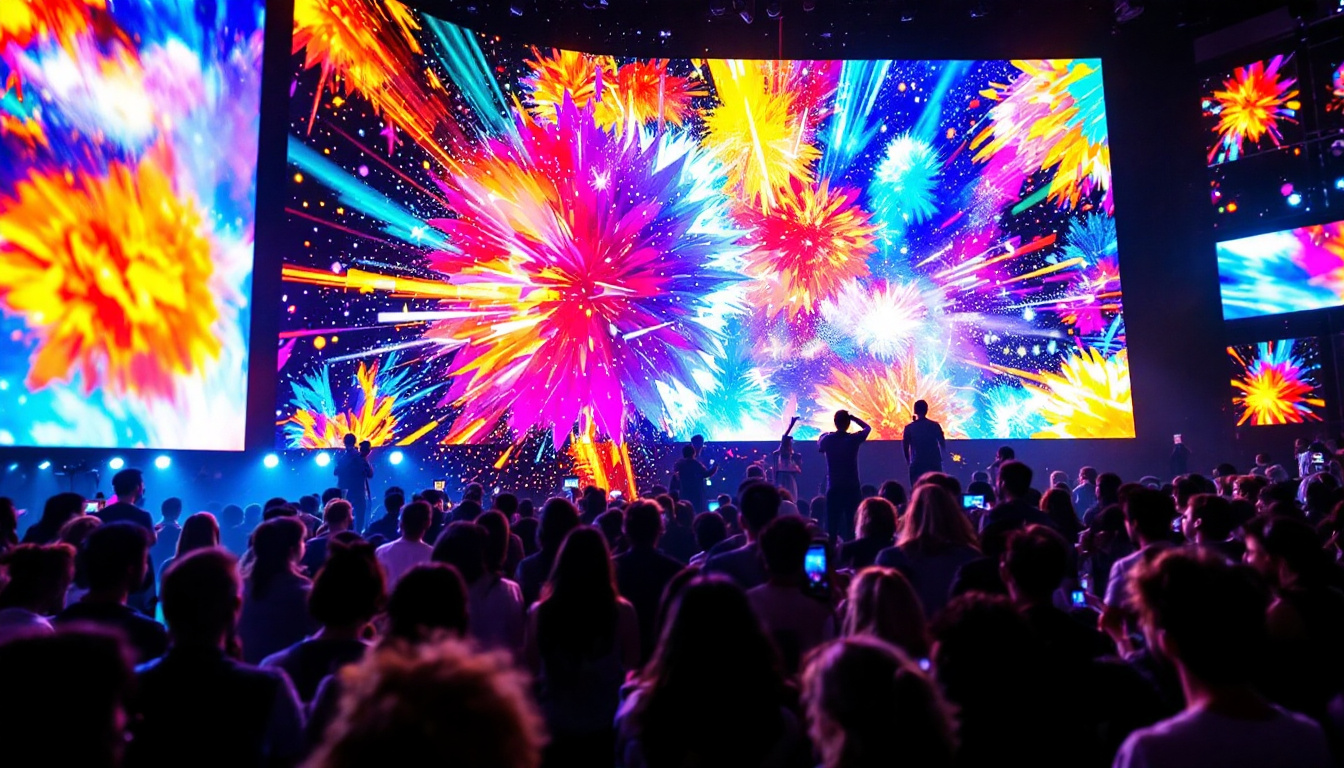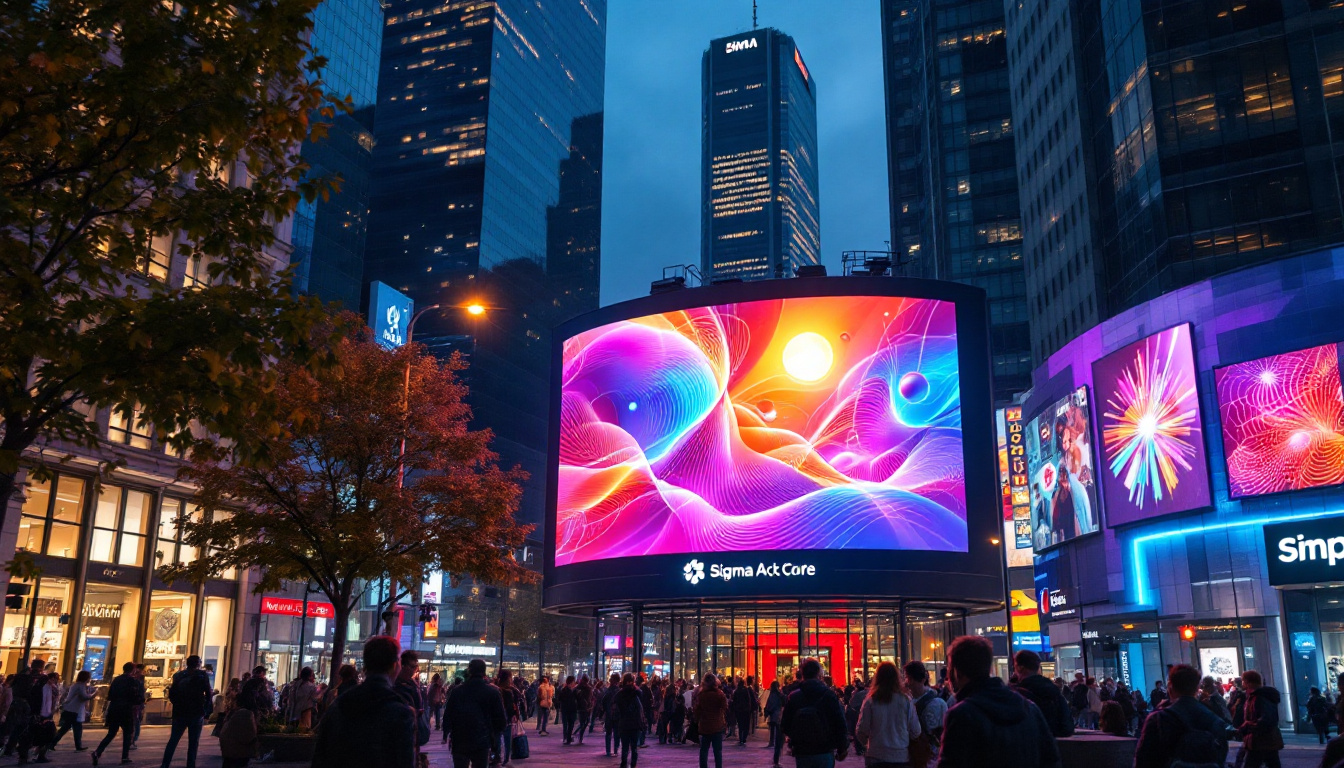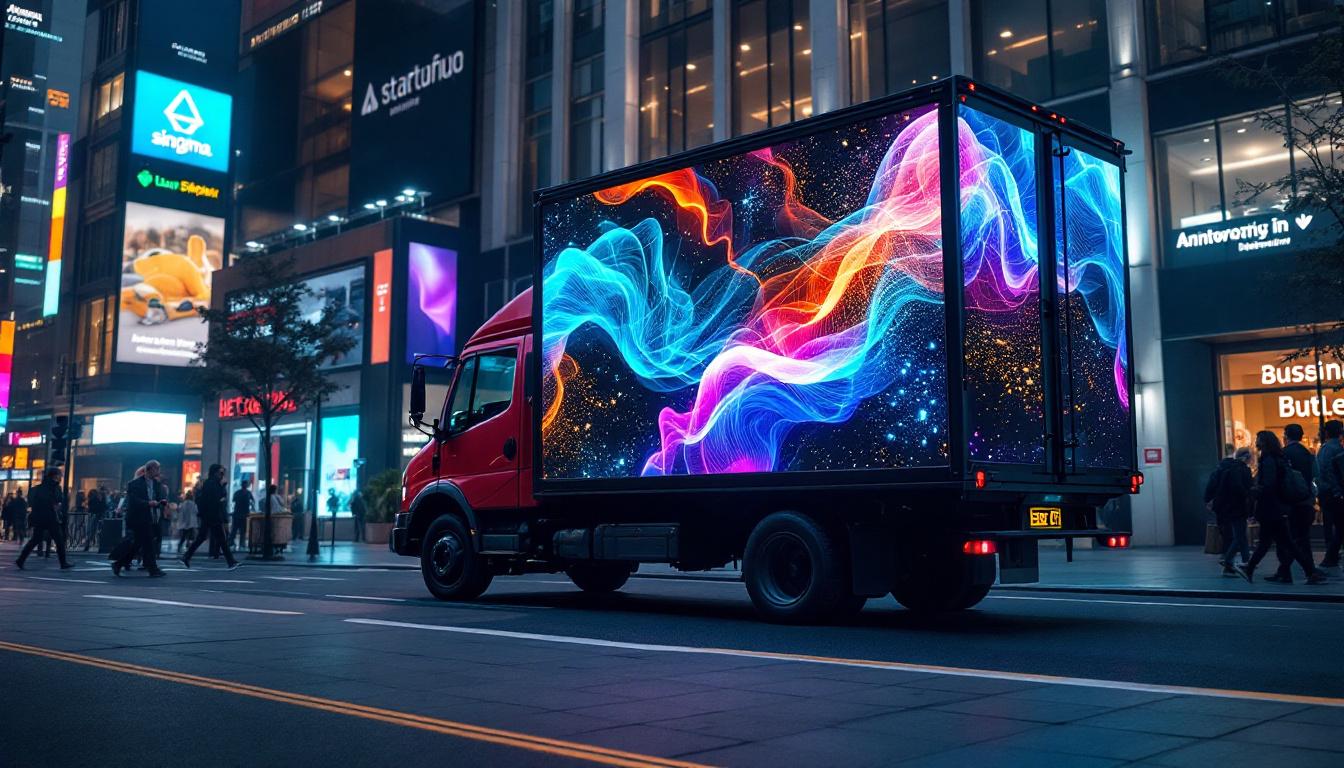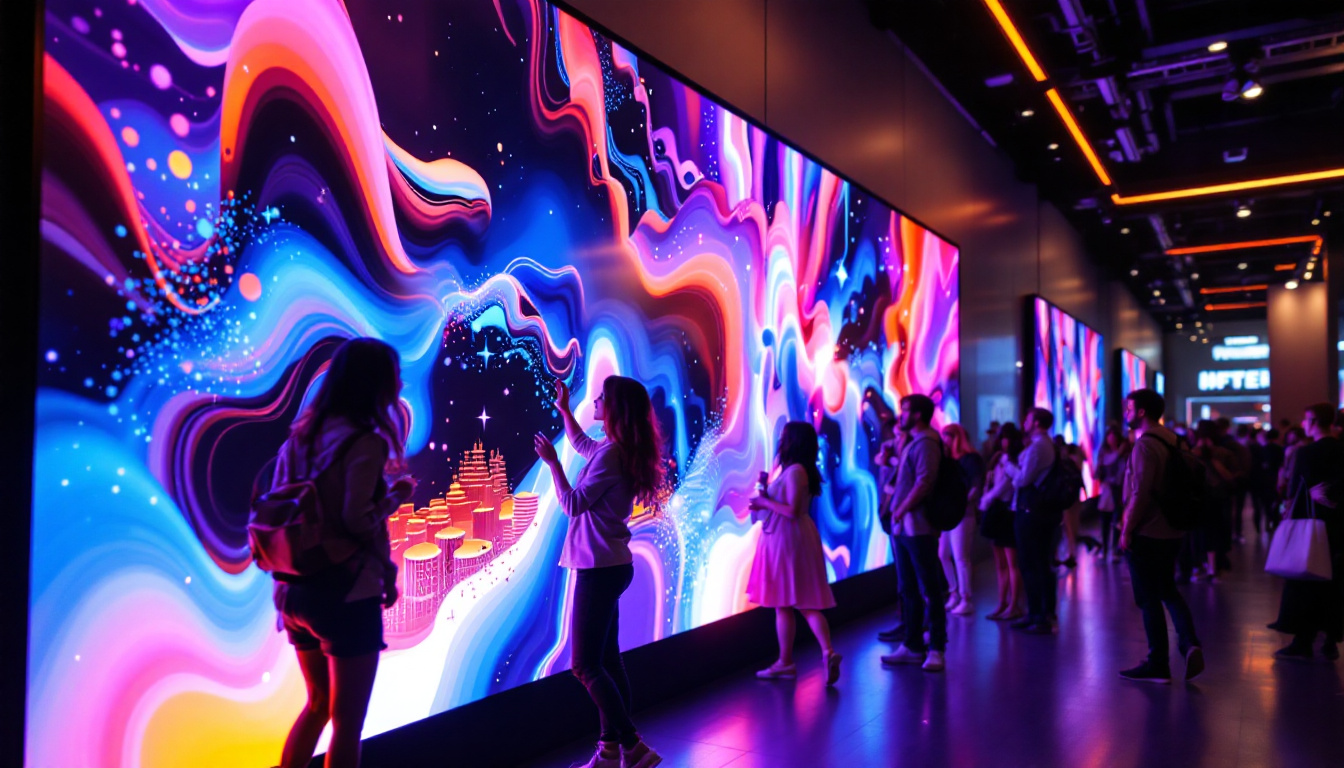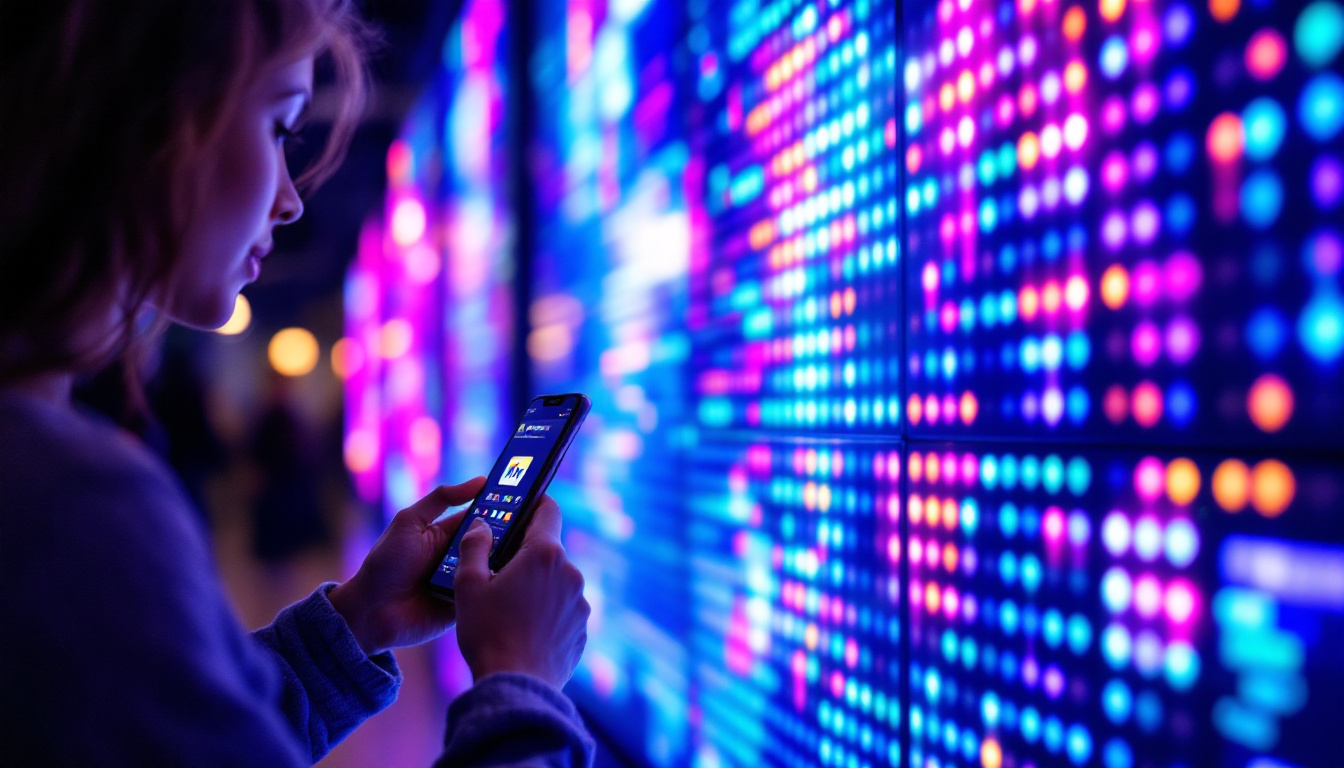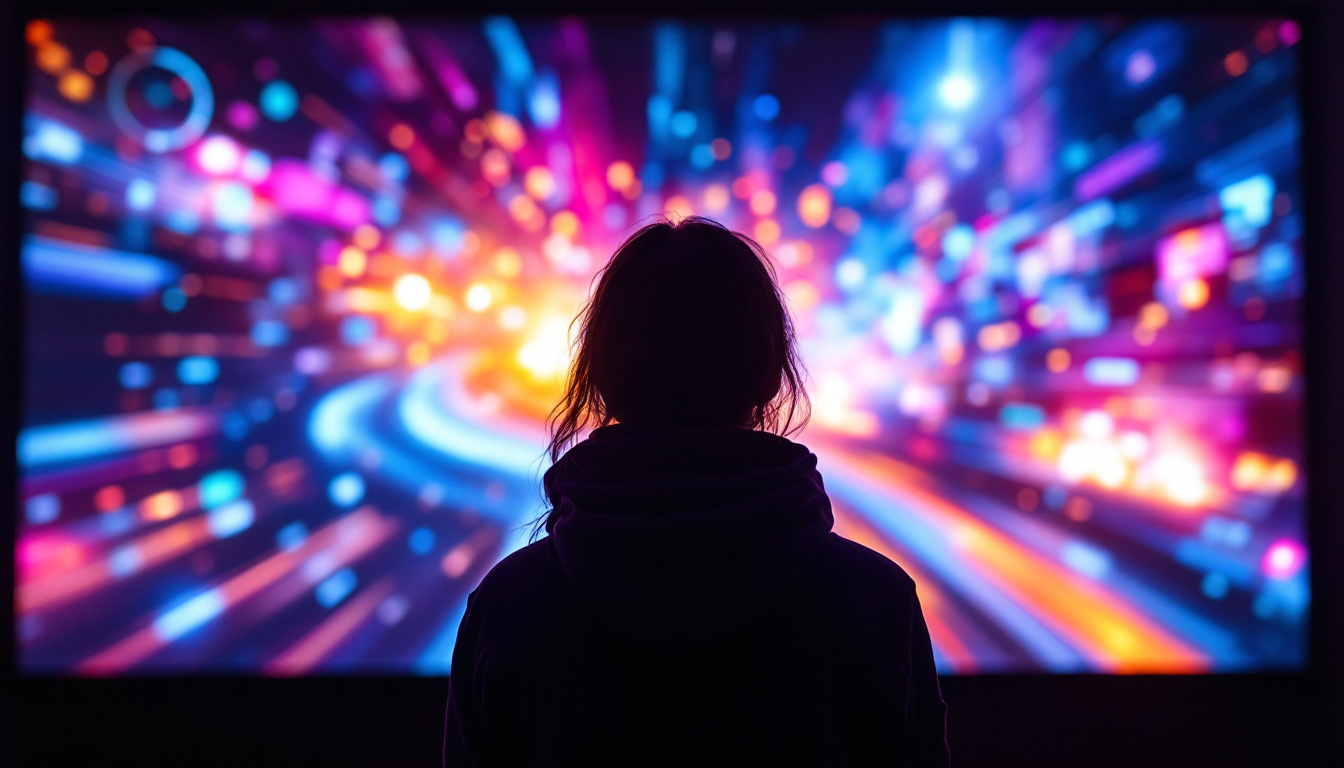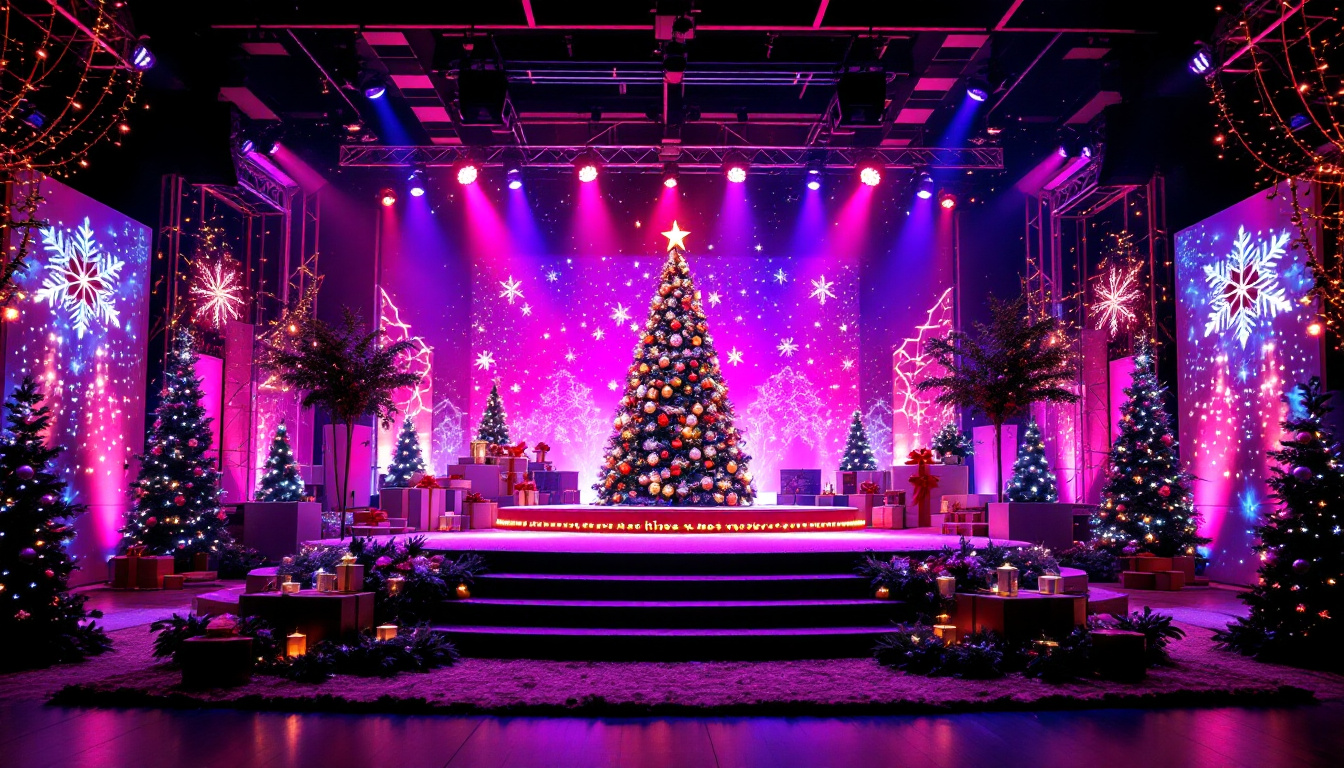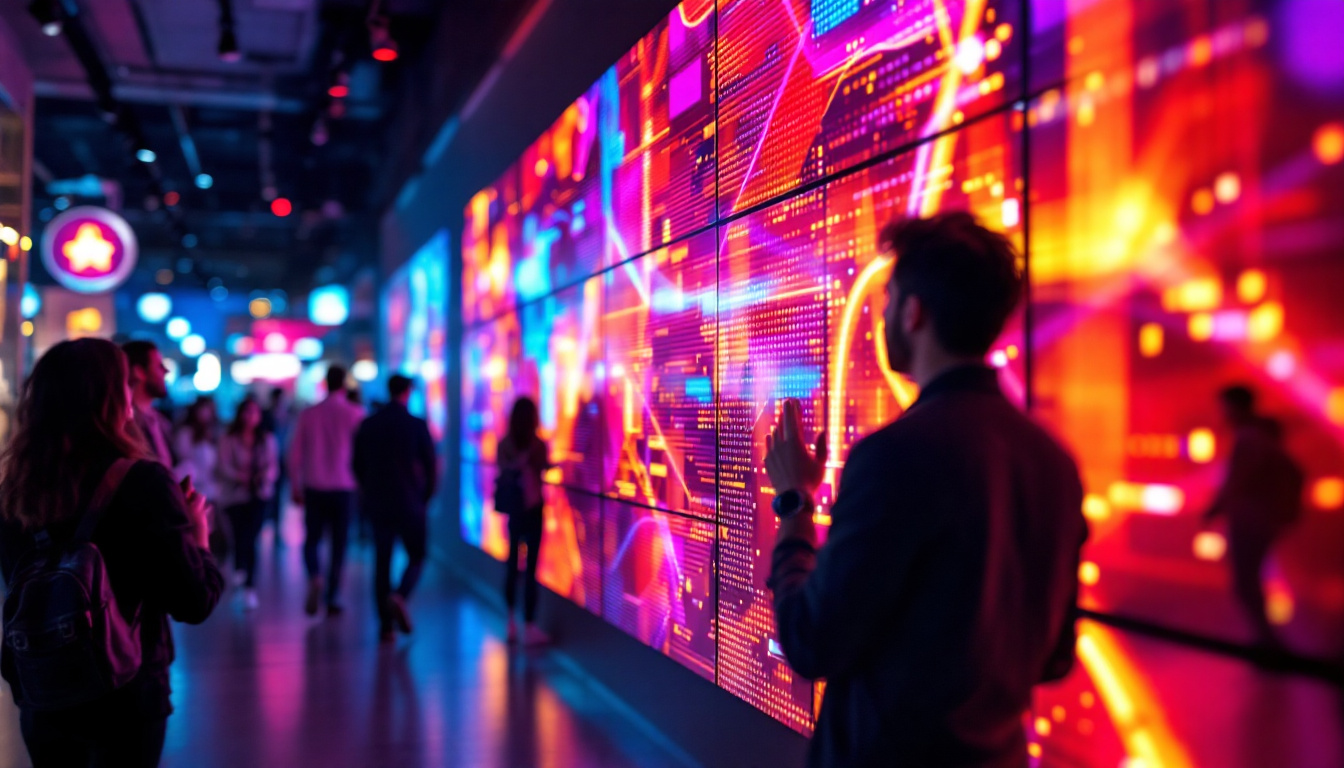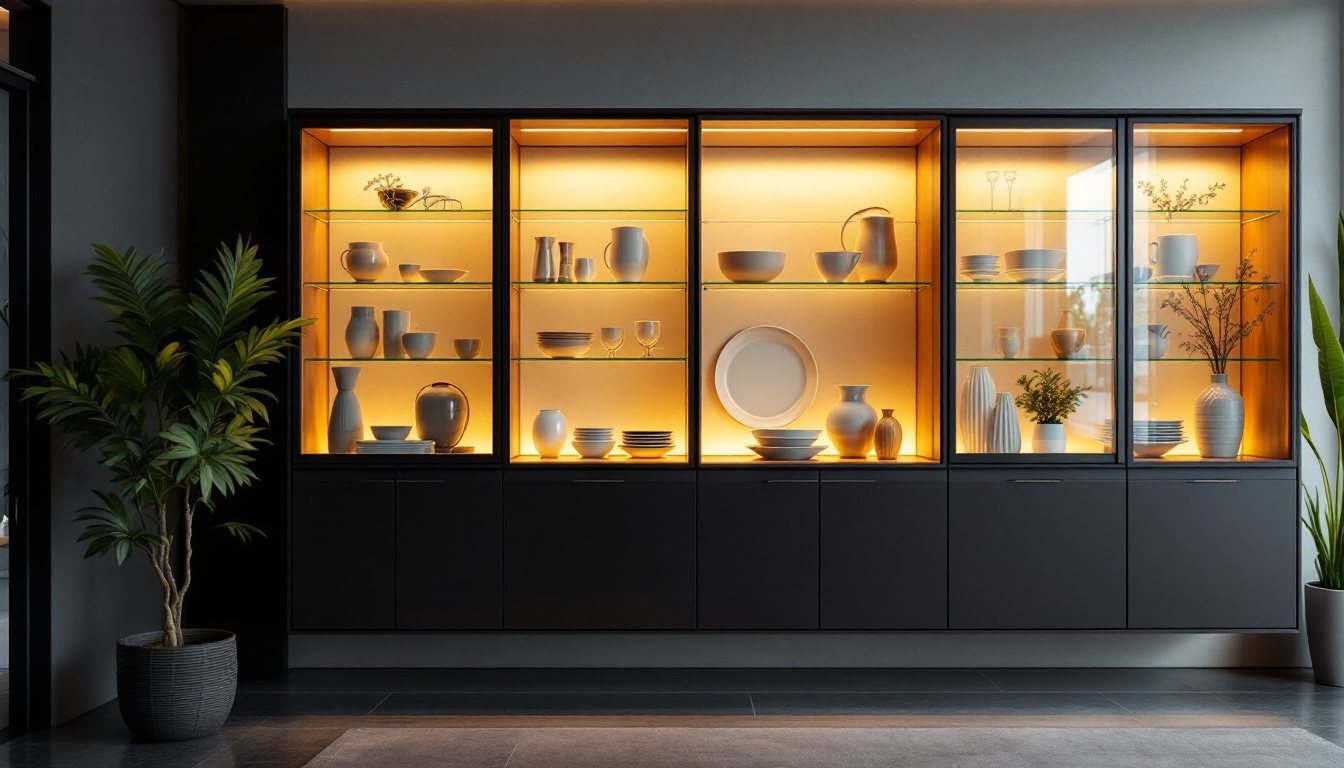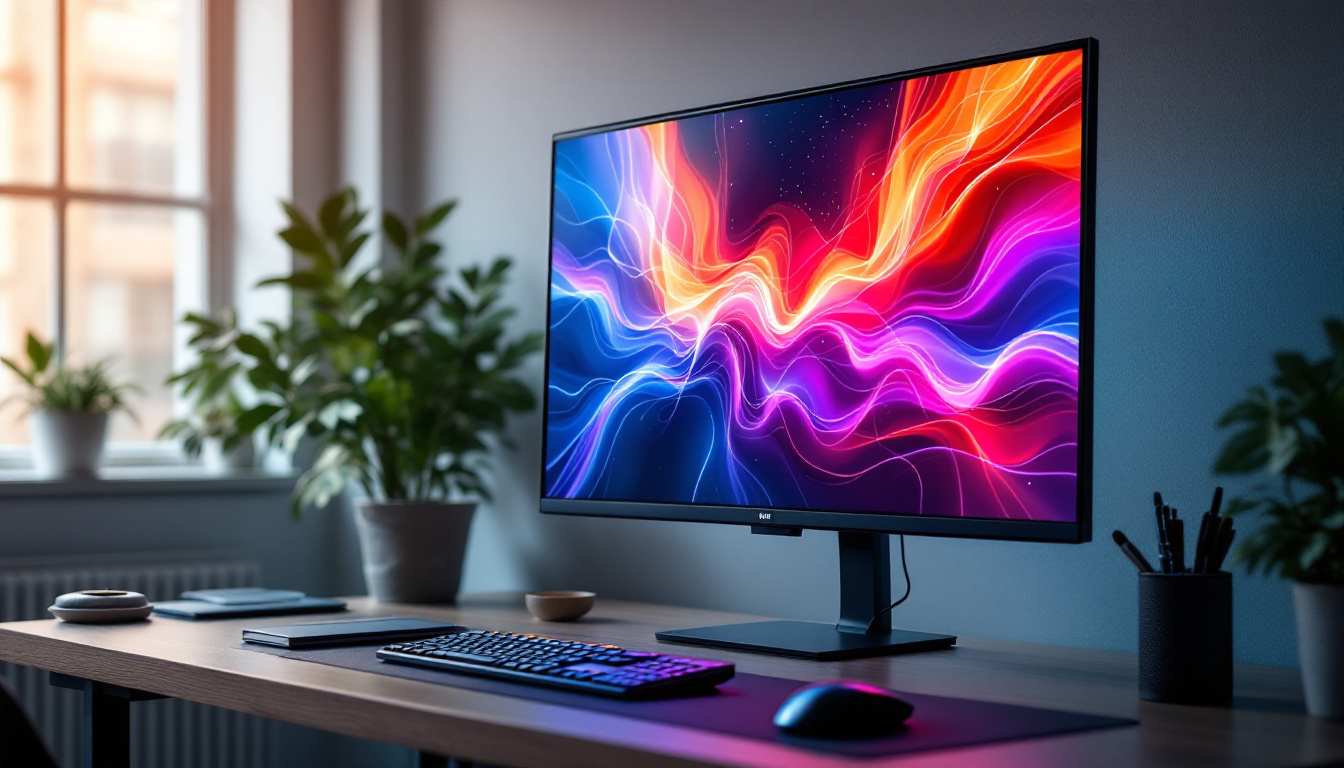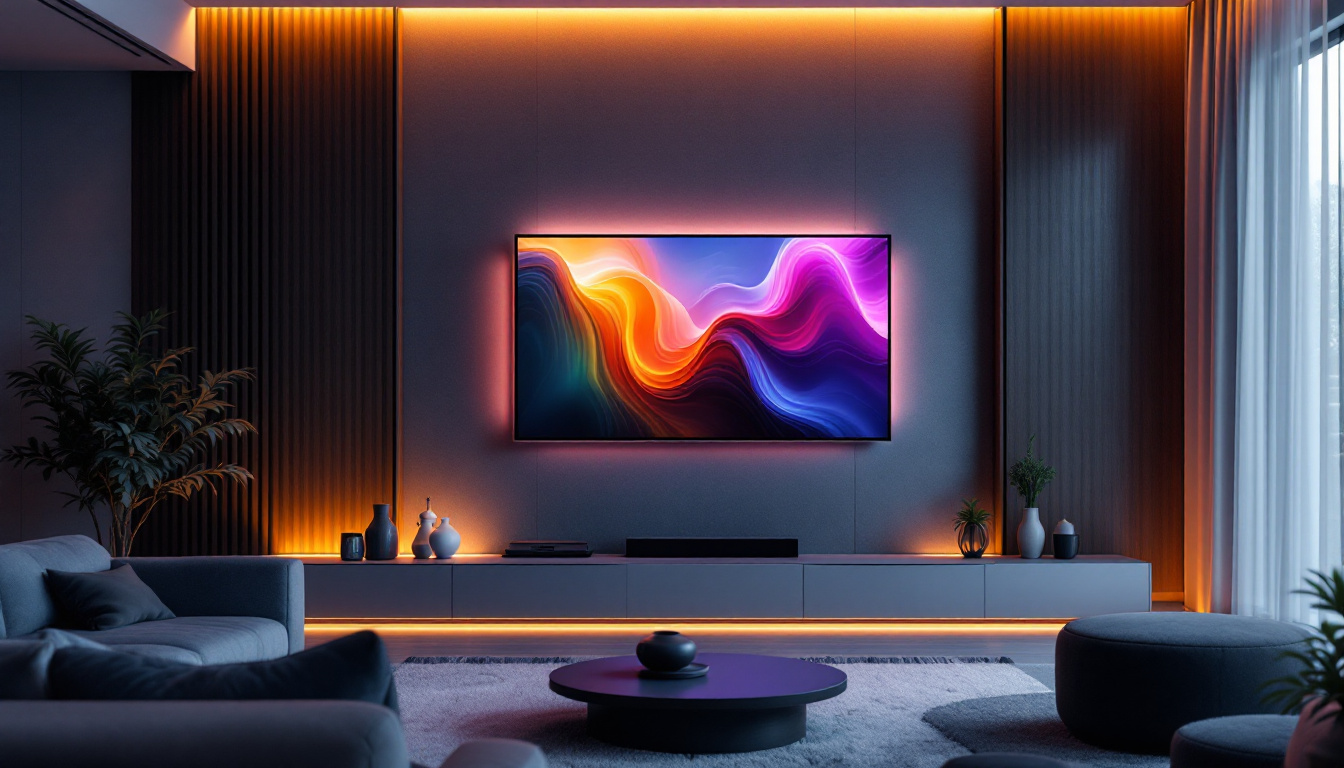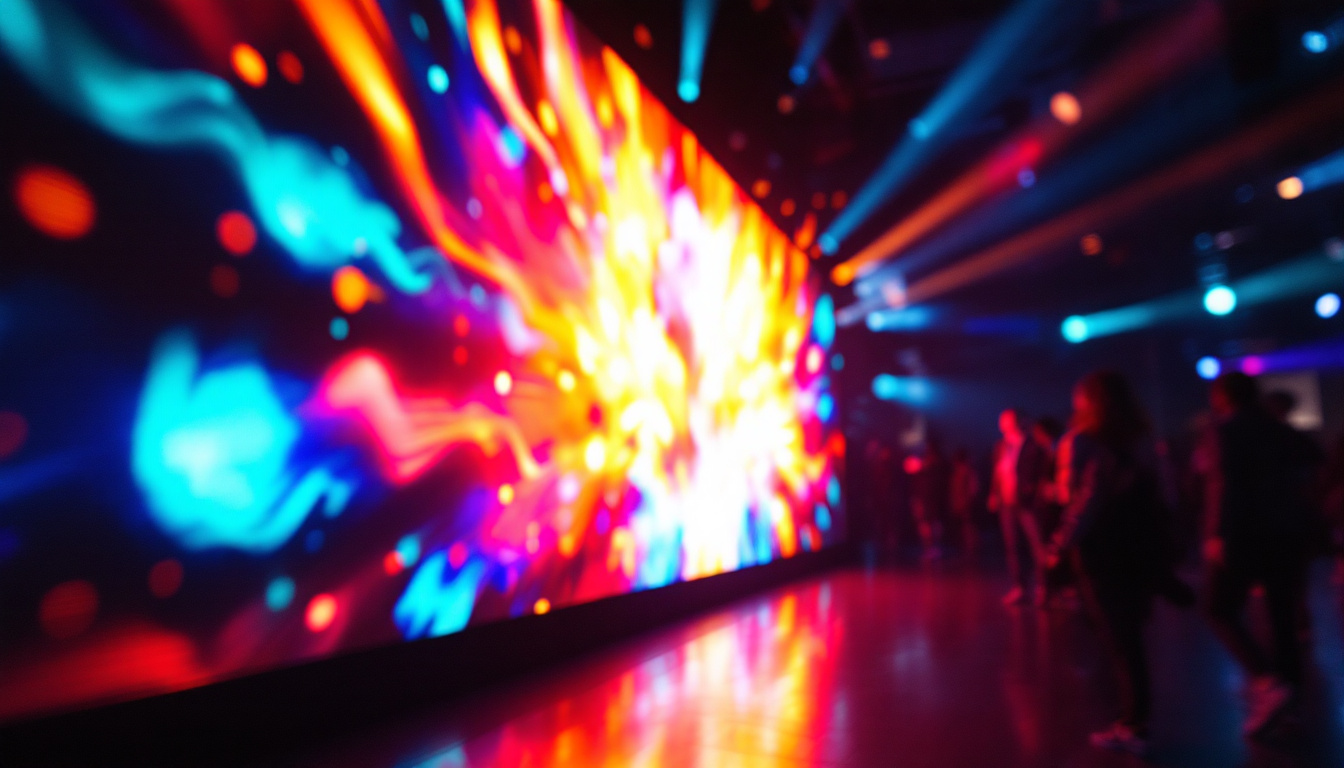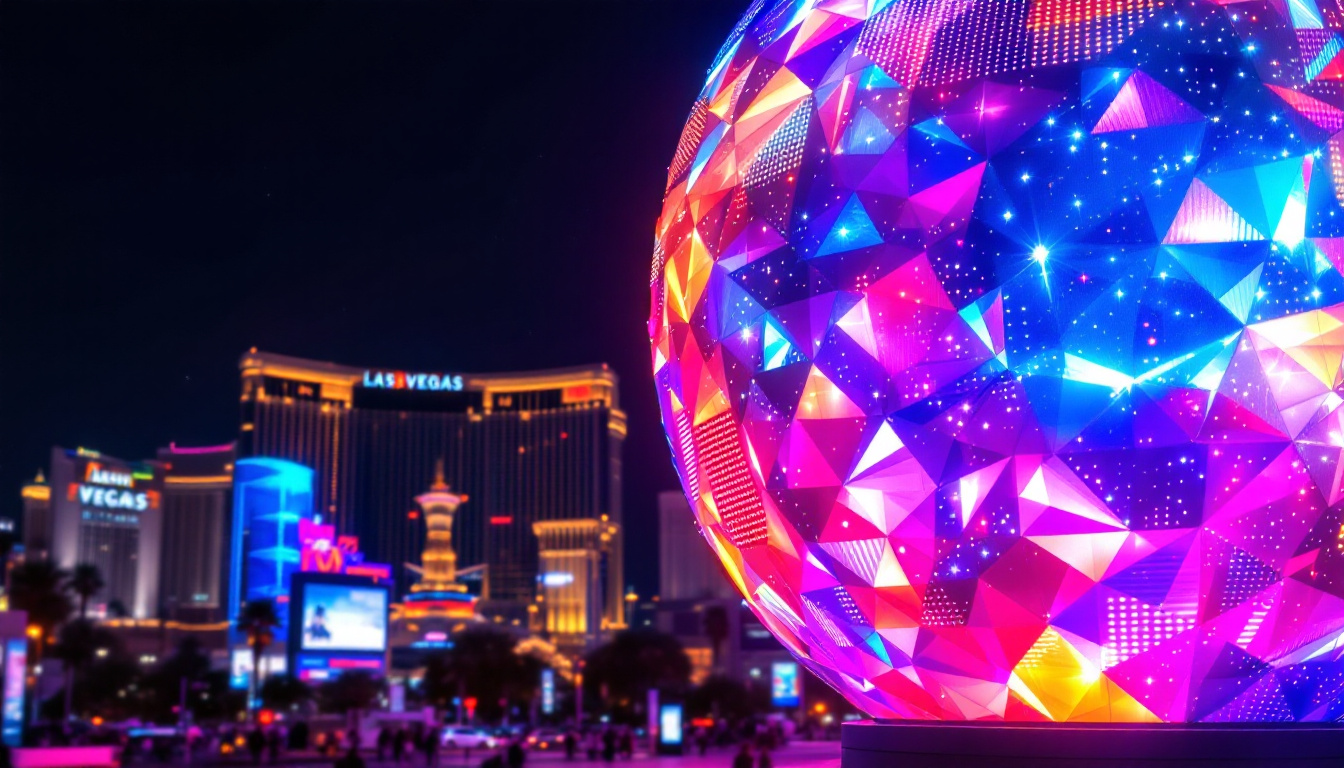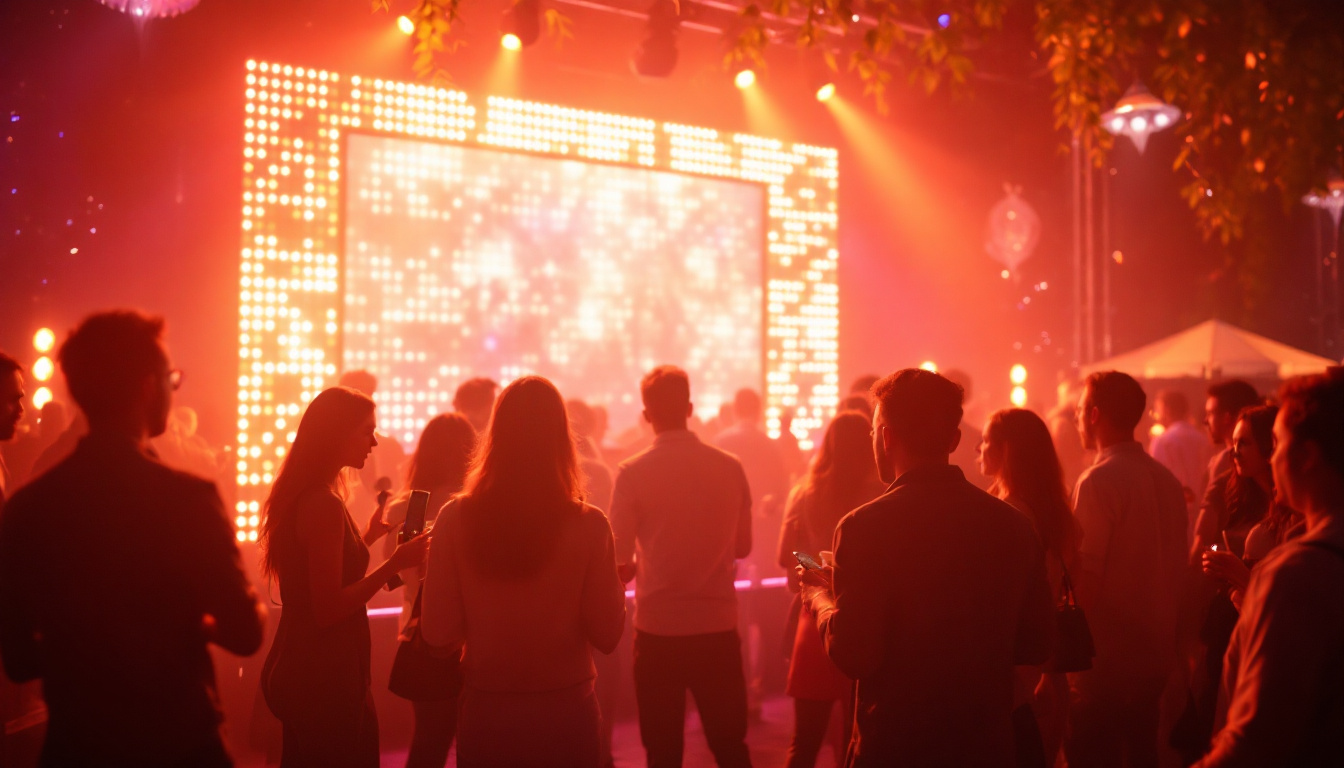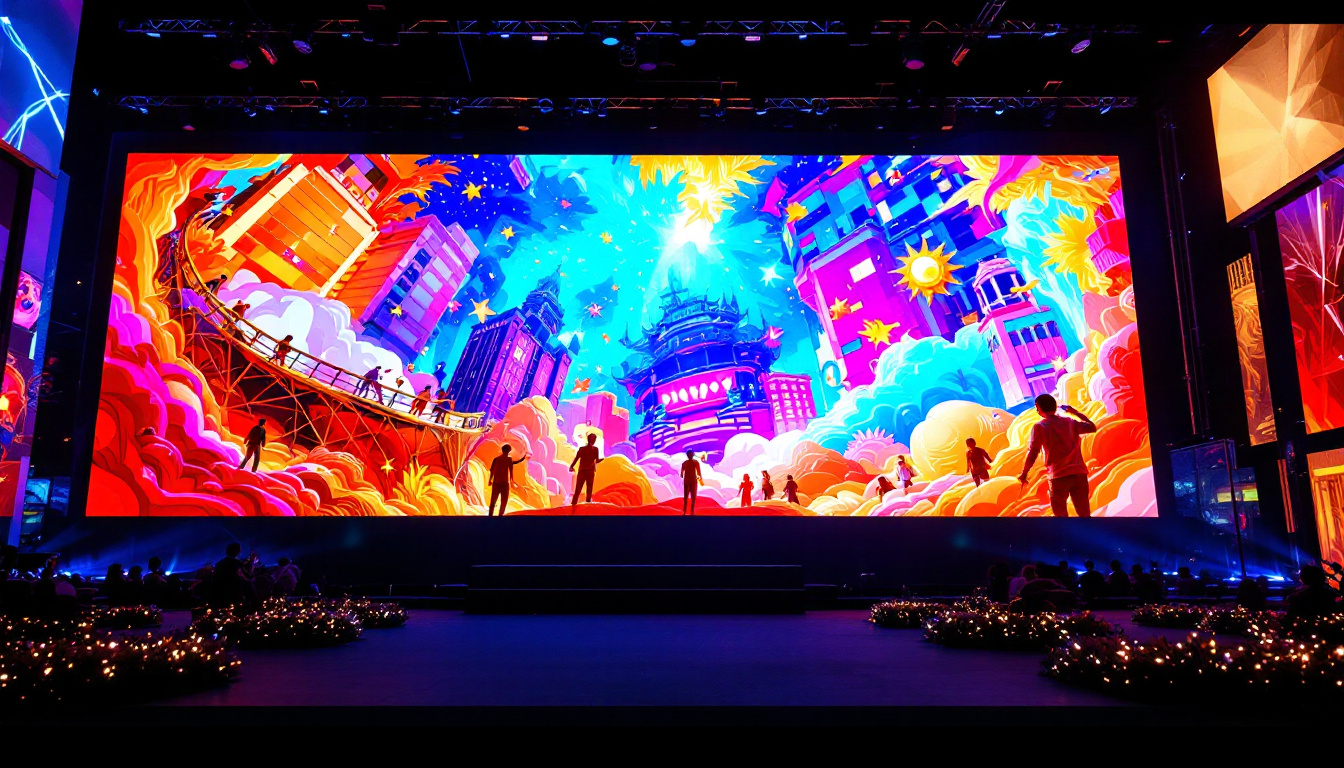In the realm of modern advertising and information dissemination, LED displays have emerged as a powerful tool. Their vibrant colors, high visibility, and versatility make them a preferred choice for businesses and organizations looking to capture attention. This article delves into the intricacies of LED displays, exploring their technology, applications, and advantages, particularly in the context of Sales Poe.
Understanding LED Technology
What is an LED Display?
LED stands for Light Emitting Diode, a semiconductor device that emits light when an electric current passes through it. LED displays are composed of numerous small LEDs arranged in a grid, which can be controlled to display various images, texts, and videos. The technology behind LED displays has evolved significantly, allowing for higher resolutions and more vibrant colors.
These displays are categorized into different types based on their application, such as indoor, outdoor, and transparent LED displays. Each type is designed to meet specific requirements, ensuring optimal performance in various environments.
How LED Displays Work
At the core of an LED display is a matrix of individual LEDs. Each LED can be turned on or off independently, allowing for the creation of complex images and animations. The combination of red, green, and blue (RGB) LEDs enables the display to produce a wide spectrum of colors. By adjusting the intensity of each color, LED displays can create stunning visuals that are both eye-catching and informative.
Modern LED displays utilize advanced technologies such as pixel pitch, which determines the distance between the center of one LED to the center of another. A smaller pixel pitch results in higher resolution and clearer images, making it ideal for close viewing distances. This level of detail is essential for applications in retail, events, and public information systems.
Types of LED Displays
LED displays come in various forms, each tailored to different use cases. The most common types include:
- Indoor LED Displays: These displays are designed for use in controlled environments, such as shopping malls, conference rooms, and theaters. They typically have a smaller pixel pitch, providing high resolution for close viewing.
- Outdoor LED Displays: Built to withstand harsh weather conditions, outdoor displays are larger and have a higher pixel pitch to ensure visibility from a distance. They are often used for billboards, sports arenas, and public transport stations.
- Transparent LED Displays: This innovative technology allows for displays that can be seen through, making them ideal for storefronts and exhibitions. They provide a unique way to showcase products while maintaining visibility of the surroundings.
Applications of LED Displays
Advertising and Marketing
One of the most prominent uses of LED displays is in advertising. Businesses leverage these dynamic screens to showcase promotions, new products, and brand messages. The ability to change content quickly allows for real-time marketing, which is particularly effective in high-traffic areas.
LED displays can be found in various settings, from large billboards along highways to smaller screens in retail stores. Their bright colors and movement capture the attention of passersby, making them an effective tool for driving sales and increasing brand awareness.
Information Dissemination
Beyond advertising, LED displays serve a crucial role in disseminating information. public transport systems, airports, and educational institutions utilize LED screens to provide real-time updates on schedules, departures, and important announcements. This instant communication helps improve the efficiency of operations and enhances the user experience.
In addition, LED displays are increasingly used in corporate environments for presentations and meetings. Their ability to present high-quality visuals makes them ideal for conveying complex information in a clear and engaging manner.
Entertainment and Events
The entertainment industry has embraced LED technology for concerts, festivals, and sports events. Large LED screens are often used as backdrops for performances, providing stunning visuals that enhance the overall experience for attendees. The versatility of LED displays allows for creative designs and animations that can be synchronized with music and performances.
Furthermore, LED displays are commonly used in event venues for live streaming, ensuring that audiences can see performances from any angle. This technology not only enhances the visual appeal but also improves audience engagement.
Advantages of Using LED Displays
Energy Efficiency
One of the standout features of LED displays is their energy efficiency. Compared to traditional display technologies such as LCD and projection, LED displays consume significantly less power. This not only reduces operational costs but also contributes to a lower carbon footprint, making them an environmentally friendly option.
Many LED displays also come with features such as automatic brightness adjustment, which further enhances energy savings by adapting to ambient light conditions. This capability ensures that the display remains visible without consuming unnecessary power.
Durability and Longevity
LED displays are known for their durability, making them suitable for both indoor and outdoor applications. They are resistant to shock and vibration, which is particularly important for outdoor installations that may be exposed to harsh weather conditions.
Moreover, LED technology has a long lifespan, often exceeding 100,000 hours of use. This longevity translates to lower maintenance and replacement costs, making LED displays a cost-effective investment in the long run.
High Visibility and Versatility
The brightness of LED displays is another significant advantage. They can produce vivid colors and high contrast ratios, ensuring visibility even in direct sunlight. This characteristic is crucial for outdoor applications where competing with natural light is a challenge.
In terms of versatility, LED displays can be customized in size and shape to fit various installation requirements. Whether it’s a massive billboard or a small information screen, LED technology can adapt to meet the needs of any project.
Sales Poe: A Case Study in LED Display Utilization
Overview of Sales Poe
Sales Poe is a leading player in the digital advertising space, specializing in innovative solutions that leverage cutting-edge technology. The company has recognized the potential of LED displays in transforming how brands engage with their audiences. By integrating LED technology into their offerings, Sales Poe has been able to provide clients with dynamic advertising solutions that stand out in a crowded marketplace.
The company’s approach combines strategic placement of LED displays with compelling content creation, ensuring that advertisements are not only seen but also remembered. This dual focus on technology and creativity has positioned Sales Poe as a frontrunner in the industry.
Implementation of LED Displays
Sales Poe has implemented LED displays in various high-traffic locations, including shopping centers, urban areas, and event venues. By strategically placing these displays, the company maximizes visibility and engagement for its clients. The vibrant visuals and real-time content updates allow brands to connect with consumers in meaningful ways.
Additionally, Sales Poe has developed a content management system that enables clients to easily update their advertisements. This flexibility ensures that brands can respond quickly to market changes and consumer trends, keeping their messaging relevant and impactful.
Results and Impact
The integration of LED displays into Sales Poe’s advertising strategy has yielded impressive results. Clients have reported increased foot traffic, higher engagement rates, and improved brand recall. The ability to showcase dynamic content has proven to be a game-changer, allowing brands to tell their stories in a visually compelling manner.
Moreover, the energy efficiency and durability of LED displays have contributed to lower operational costs for both Sales Poe and its clients. This combination of effectiveness and cost savings has solidified the company’s reputation as a leader in the digital advertising landscape.
Future Trends in LED Display Technology
Advancements in Resolution and Color Accuracy
The future of LED display technology is promising, with continuous advancements in resolution and color accuracy. As consumer expectations rise, manufacturers are focusing on developing displays with even higher pixel densities and enhanced color reproduction. This trend will enable businesses to deliver even more stunning visuals that captivate audiences.
Additionally, innovations such as MicroLED technology are emerging, which offer greater flexibility in terms of size and shape. This could lead to new possibilities for creative installations and applications in various industries.
Integration with Smart Technologies
As the world becomes increasingly interconnected, the integration of LED displays with smart technologies is on the rise. This includes the use of artificial intelligence and data analytics to optimize content delivery and enhance user experiences. By leveraging data, businesses can tailor their messaging to specific audiences, improving engagement and conversion rates.
Furthermore, the incorporation of IoT (Internet of Things) technology allows for real-time monitoring and management of LED displays, ensuring optimal performance and reducing downtime.
Sustainability Initiatives
With growing awareness of environmental issues, sustainability is becoming a key focus for LED display manufacturers. Efforts are being made to create more eco-friendly products, including the use of recyclable materials and energy-efficient components. As sustainability becomes a priority for consumers, businesses that adopt green practices in their advertising strategies will likely gain a competitive edge.
Conclusion
LED displays have revolutionized the way businesses communicate with their audiences. Their vibrant visuals, energy efficiency, and versatility make them an invaluable tool in the world of advertising and information dissemination. As demonstrated by Sales Poe, the strategic implementation of LED technology can lead to significant benefits for brands, enhancing engagement and driving sales.
Looking ahead, advancements in technology and a focus on sustainability will continue to shape the future of LED displays. Businesses that embrace these innovations will be well-positioned to thrive in an increasingly competitive landscape. The journey of LED displays is far from over, and their impact on advertising and communication will only grow stronger in the years to come.
Illuminate Your Brand with LumenMatrix
As you’ve seen, LED displays are a game-changer in the realm of advertising and communication. If you’re ready to elevate your brand’s presence and captivate your audience with unparalleled visual experiences, look no further than LumenMatrix. Our extensive range of innovative LED display solutions, from Indoor and Outdoor LED Walls to Custom and Transparent Displays, is designed to meet your unique needs and exceed your expectations. Don’t miss out on the opportunity to transform your visual communication. Check out LumenMatrix LED Display Solutions today and join the revolution in digital signage.

